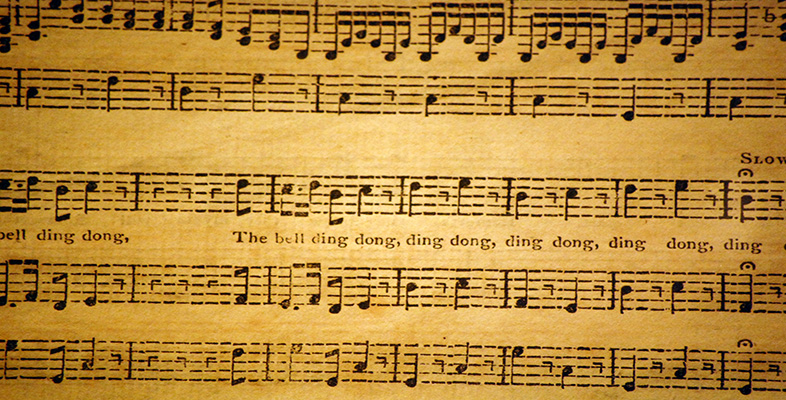3 The elements of voice-leading analysis
3.1 Introduction to the elements of voice-leading analysis
Now is the time to begin our detailed look at the process by which we analyse the voice leading of a passage of music. I have already mentioned the idea of a basic ‘skeleton’ which is embellished to produce the foreground. The first step towards a large-scale voice-leading analysis, then, is to be able to distinguish those notes that are structural (those that belong to what I have called the ‘skeleton’ of the music) and those that belong only to the surface. The process of doing this is called ‘reduction’ because it involves reducing the number of notes in the score to those which are most essential. Reduction in this sense is central to voice-leading analysis. However, we cannot choose which notes to keep in and which to leave out at random: we need clear rules by which we go about making a reduction of a passage.
